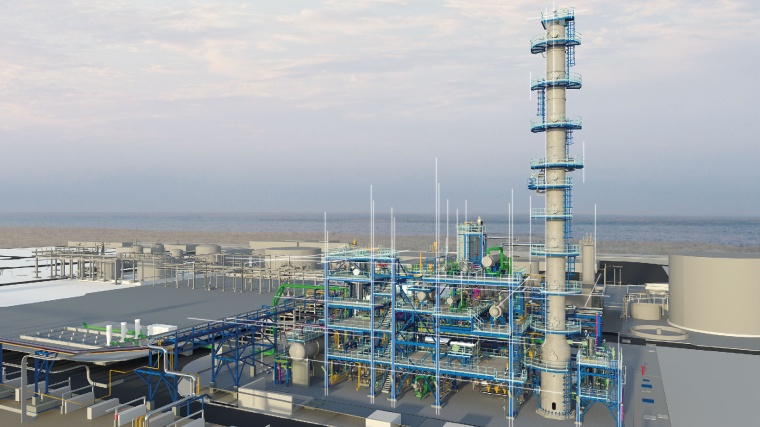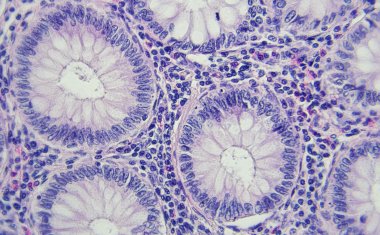CEPSA Begins Construction of an Isopropyl Alcohol Plant in Spain
CEPSA has begun constructing a plant to produce 80,000 mt of isopropyl alcohol in Spain. The new facility represents an investment of € 75 million. The facility will be able to replace fossil-based raw materials with sustainable materials, thereby reinforcing CEPSA's Positive Motion strategy to drive the energy transition.
CEPSA is enhancing its chemical business by initiating a new industrial activity producing isopropyl alcohol (IPA), a key ingredient in hydroalcoholic gels and cleaning products. IPA is widely used in the medical and pharmaceutical sectors, as a solvent in paint manufacturing, coatings, and printing inks, and as an intermediate in essential ingredient production in the pharmaceutical, cosmetics, and agrochemical industries.
The new plant will be located in Palos de la Frontera, southern Spain, and aims to replace fossil-based raw materials with sustainable feedstocks in IPA production. This aligns with CEPSA’s Positive Motion energy transition strategy and expands Cepsa Química’s range of more sustainable products.
For CEPSA Química’s CEO, José María Solana the IPA project “is a very important step in our Next Chemicals in Positive Motion strategy. The facility will be connected to our Andalusian Green Hydrogen Valley and, therefore, the activity will be perfectly aligned with our commitment to advance in the fight against climate change and accelerate the ecological transition, while providing Spain with greater autonomy of supply in this type of products".
The new facility, which will be constructed by the end of 2025, will have a production capacity of 80,000 tons per year. It is estimated that the construction of this new plant will require around 400,000 hours of work, including direct and indirect labor.

Synergies with the Andalusian Green Hydrogen Valley
CEPSA is advancing its chemical business with the new IPA plant, strategically located near the Andalusian Green Hydrogen Valley and the largest second-generation biofuels plant. This location allows for significant industrial and economic synergies, with the acetone required for IPA production sourced from CEPSA’s chemical plant, and the hydrogen supplied by the Andalusian Green Hydrogen Valley.
From the start, the plant has been designed to use renewable energy and raw materials, following CEPSA’s “Positive Motion” strategy. This new venture will not only diversify CEPSA’s product portfolio but also position it as a leading producer of IPA in the Iberian Peninsula and the EU.







